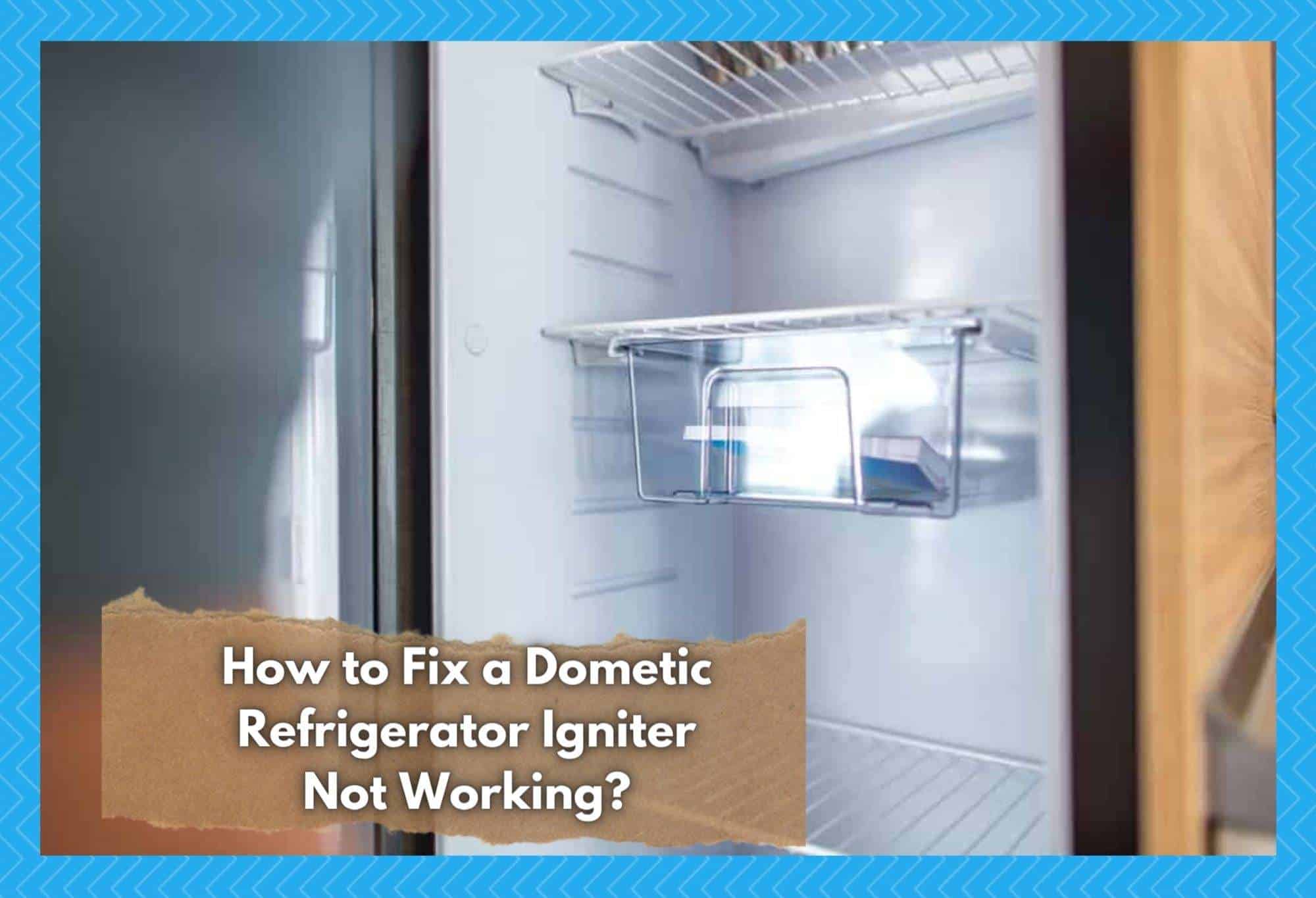
Unlike other refrigerators, the Dometic products use a unique system to cool your beverages and other food products. This unique absorption system makes it a perfect fit for a motorhome.
These fridges are energy efficient, and depending upon the model; they might also be compatible with different power sources. However, you will often see customers bringing up complaints regarding the Dometic Refrigerator igniter not working.
How to Fix a Dometic Refrigerator Igniter Not Working?
1. Check Wiring & Connectors
If you have had this refrigerator for a while, you should try cleaning the connectors that are connected to the igniter and main control board.
If they are too dirty to be cleaned with a cloth, try using the baking soda paste to clean these connectors. Keep in mind that on-time cleaning is essential as a minor flake of rust can fuse the whole system.
For this reason, the first step should be disassembling the refrigerator system and inspecting the igniter-related connectors and components. After cleaning the connectors, there are chances that the igniter will start working again, only if the igniter is not defective.
You can also use a multimeter to find out if there is any voltage present at the terminal or not. Ideally, you should get a reading from both the terminal and the solenoid section of the device. If you’re on the gas mode, you will only get a reading within the first 40 seconds of using the ignition.
Depending upon the reading on the measuring tool, you might have to change the whole circuit board or some wires if the issue is related to the solenoid.
The last point is to check the wiring. This is because the voltage fluctuations and regular use often wear down the cables. So, it’s essential to check the integrity of the cables, and if they appear damaged, they need to be replaced.
You can also hire an electrician to check the entire wiring system of the refrigerator, including wires, connectors, plugs, and control boards, to devise a long-term solution.
2. Check Battery Status
If you’re getting weak sparks from the igniter, it might be because the battery is not supplying the igniter with enough power to spark the flame . The igniter circuit is powered by the battery, which gets amplified and creates a spark for the flame. However, if the power supply is weak, the igniter won’t create a spark strong enough for the flame.
To check whether or not you have battery issues, try connecting your motorhome to shore power. If the igniter works optimally with shore power, there is something wrong with the battery. In such a case, the only solution is to replace the power cables or the battery system as a whole.
If you have recently purchased the battery, the issue could be with your power cables. However, if you have had this battery system for years, now is the time to get a battery replacement. This is important because your igniter won’t work until it is supplied with an adequate power supply.
3. Replace Igniter
Following the previous solutions is highly likely to resolve the matter. However, there are instances when troubleshooting doesn’t work as the main part is not working. If that’s the case, you need to get the igniter replaced to optimize the refrigerator’s performance.
Replacing the igniter is quite convenient and affordable. Also, it’s best to hire a technician for installing a new igniter to ensure all the connections are well-made.
To perform the test on your igniter, you will need to pull it out of your refrigerator and disconnect all the wires. Once all the wires are disconnected, apply 12V power to the G and + terminals of your igniter to check the polarity.
If there is an internal click in the igniter, the igniter is working fine. On the other hand, if there is no clicking sound, the igniter is bad and needs to be replaced immediately to make sure the refrigerator works properly.
4. Electrode
In the majority of cases, the users aren’t aware of the functionality of different components, which actually makes it challenging to fix the problem. For instance, many people don’t know that an igniter senses the resistance between the electrode and a burner to create a spark.
So, when the electrode is cracked or wet, it will simply ground out, and the igniter will sense that the flame is already lit, resulting in no spark. For this reason, you should check the electrode, and if it appears broken or damaged, replacing it is the solution.
To check the electrode, you need to disconnect the connecting spark wire from it and set the controls at an angle where sparking happens. If the wire starts sparking towards the metal part of your refrigerator, it’s an indication that the electrode is damaged.
However, before you perform this inspection, you must locate the manual propane switch-off valve in case the electronic gas valve is in the system. Also, the valve should be turned off to prevent the flow of propane. While you are checking the electrode, make sure the gap between the burner and electrode is 3/16”.
5. Signal Put Out
In various cases, the igniter doesn’t work because of the error in the signal put out, particularly by the L terminal. To check the signal put out, you have to provide 12V to the G and + terminals of your igniter. Now, put the AC tester (neon-style would be better) across the G and L terminals.
As a result, the tester will flash whenever the igniter sparks or clicks, so you can keep an eye on the signal put out. On the other hand, if the neon tester doesn’t flash, there is something wrong with the signal. In that case, an electrician must be hired to resolve the issue.
6. Pilot Light
The pilot light in the refrigerator is meant to trigger the burners and igniters of the refrigerators. However, in some cases, the pilot light doesn’t trigger them, which results in a burning-out of the pilot lights if it’s switched on.
There are various reasons behind the pilot light issues, and the first one is the thermocouple. The thermocouple helps regulate the amount of gas in the burner, and if it doesn’t work, you must get a new thermocouple. You can check its functionality with the help of a multimeter.
Secondly, you need to check the gas line of the pilot light because it might have too much air, which actually prevents the pilot light from operating. To fix this problem, you need to access the gas valves of the refrigerator and put them down for a few hours. After this break, turn on the gas valves, and the pilot light will stay on. As a result, it will trigger the burners and igniter.
7. Faulty Burners
When it comes down to the Dometic refrigerator, it’s important to remember that burners and igniters work in cohesion. So, if the burners are not working, the igniter won’t work either. It is essential that you shift to the AC power rather than gas when you take the RV or motorhome at altitudes higher than 5,500ft.
This is because the altitude can put pressure on the liquid propane, and if you don’t switch the power source on time, the burners will burn out. So, if that’s the case with you, you have to replace the burners. For future references, always focus on the altitude and change the power source accordingly.
Lastly, you must check the gas supply lines because if these lines have excess air, it will lead to burner failure. So, when you reset the refrigerator and purge the cylinders, you will be able to clear out the excess air.
The Bottom Line
When the refrigerator’s igniter stops working, it simply means that the refrigerator won’t work. While it’s possible to follow the troubleshooting methods, you can also get it examined by an expert if you aren’t technically experienced to perform such solutions on your own.

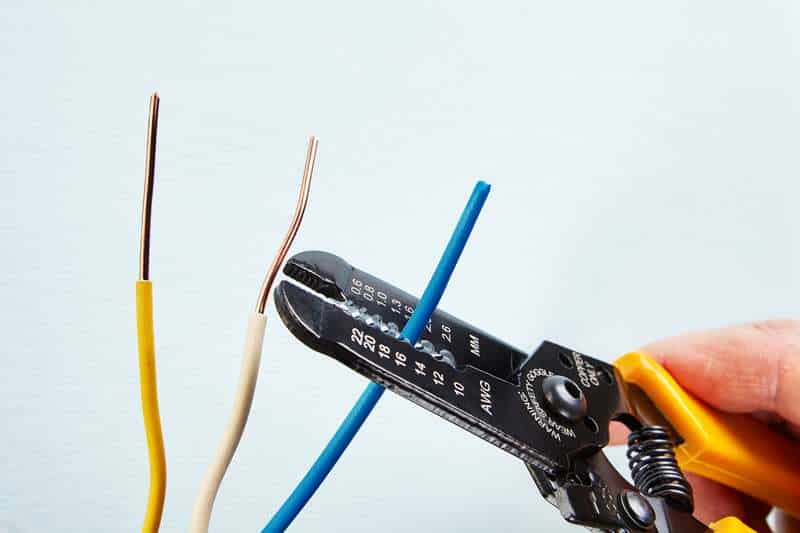
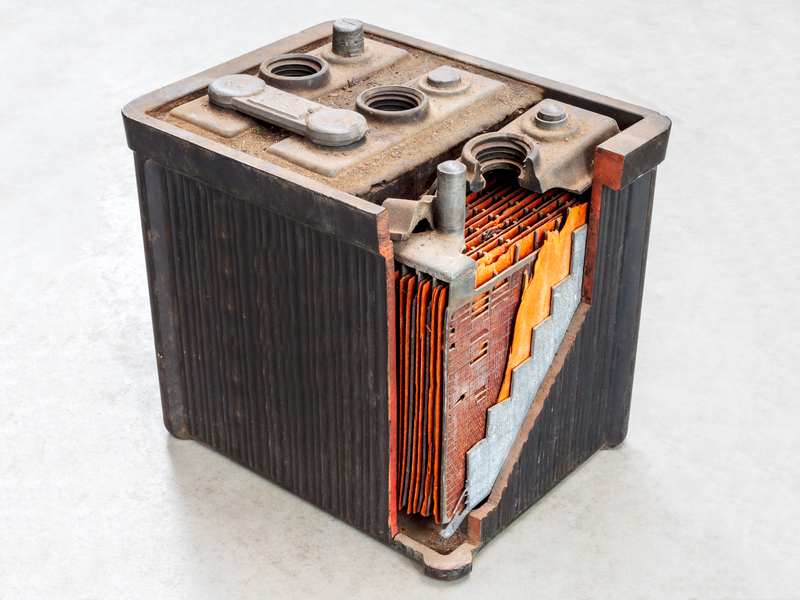
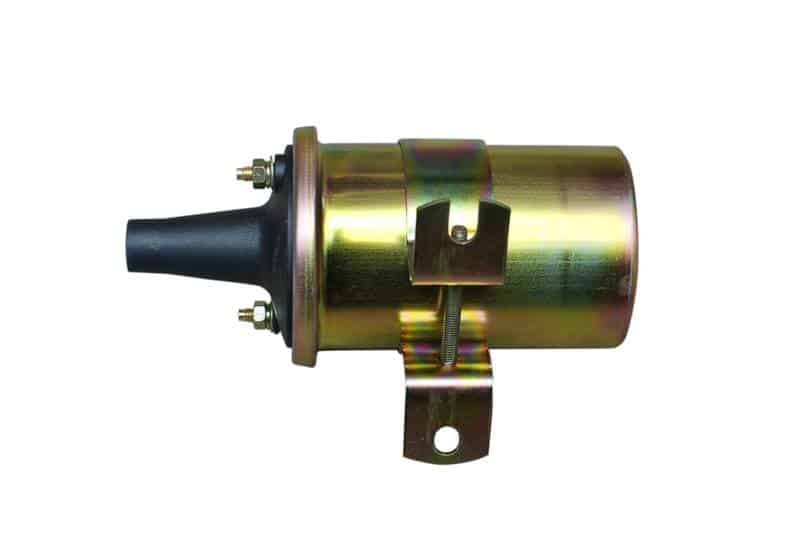
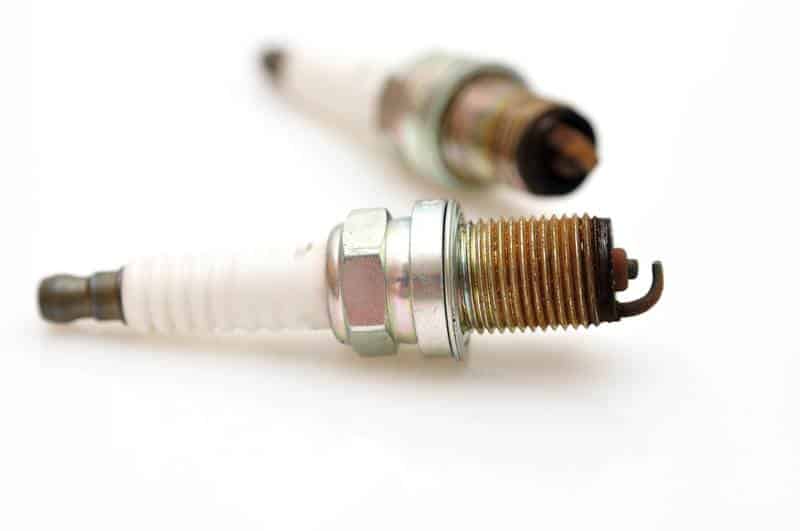

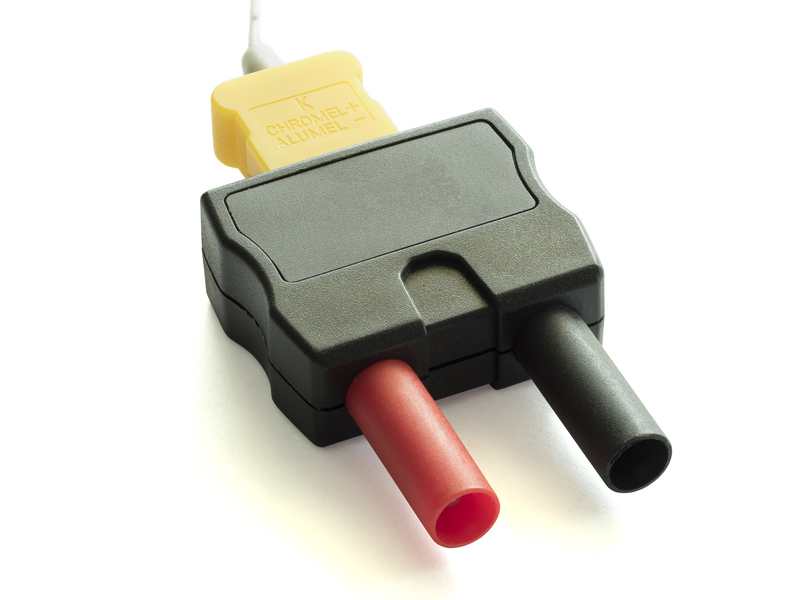
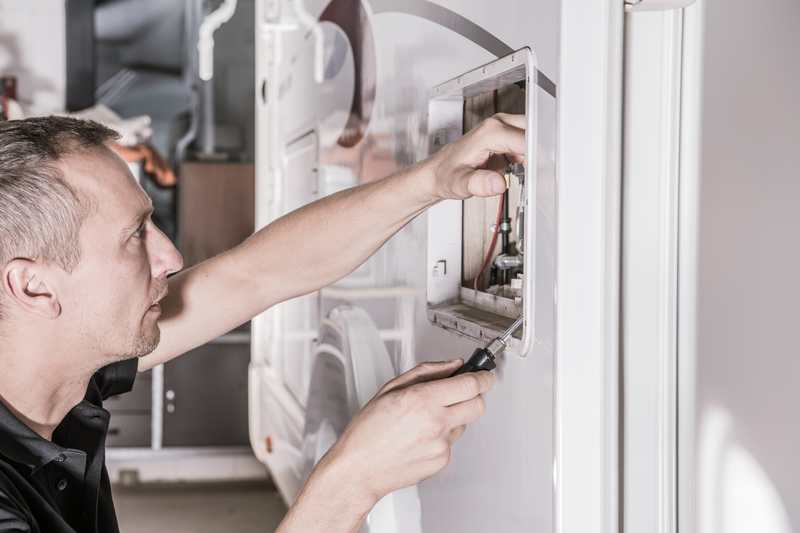

Hi,
checked all I can with RM2455 on LPG. Works fine 12v and 240v elements.
Removed fuse cover – both 3A fuses ok. Removed burner cover – igniter working continuously, flame at slotted end of pipe. Remove either one of the solenoid connectors – flame goes out. Checked connections back to module and relays – all apparently sound. Not sure if slotted flame is main burner or pilot. In either case, the igniter keeps sparking and won’t stop even with flame burning…. thanks heaps, Ross